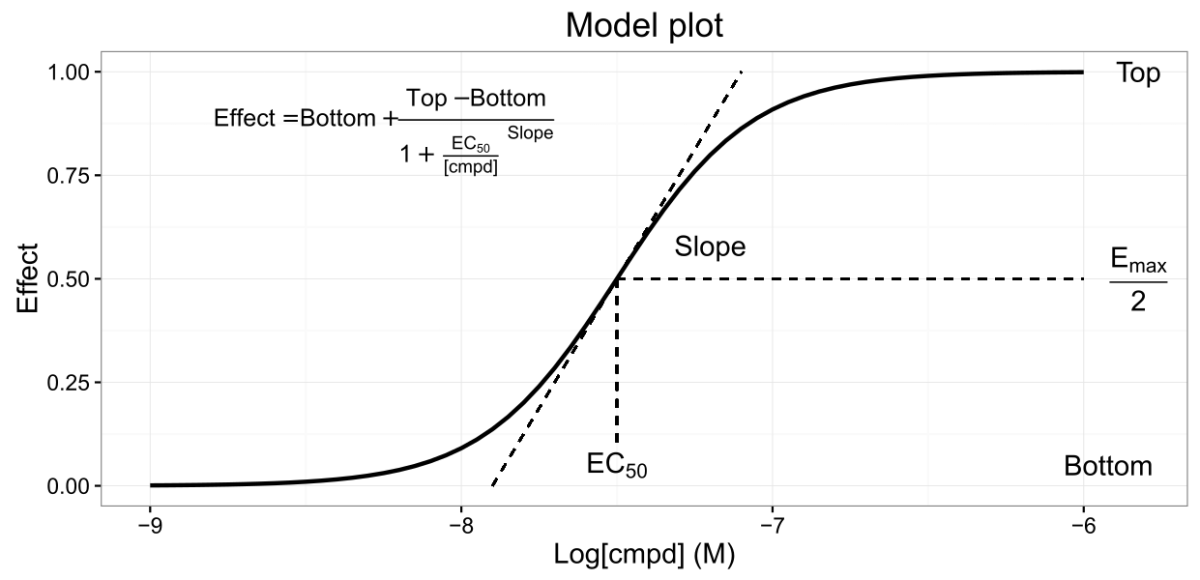Since the grad school I have been using R for data analysis and (mainly) for preparation of nice plots. As with LaTeX, it was a pretty steep learning curve. But after a year or so I managed to become comfortable with writing a new script for each new experiment. After some time, however, I started feeling that it wasn’t enough. Many experiments were almost identical, so breeding 99%-similar scripts didn’t seem to be an efficient way of handling data. That’s when I first started to think about making ‘reusable’ apps for specific purposes. Continue reading “My first Shiny app: fitting sigmoid curves”
Tag: Pharmacology
Nanopharmacology: [atomic] force awakens
Studying membrane proteins is not easy. The broad scope of the problem clearly deserved a Noble prize in 2012. Thanks to these advances, today scientists can determine structures of some membrane proteins (e.g., G protein-coupled receptors). But some of them are so huge and complex that X-Ray crystallography and NMR spectroscopy don’t help. Continue reading “Nanopharmacology: [atomic] force awakens”


![Nanopharmacology: [atomic] force awakens](https://bernatv.files.wordpress.com/2015/12/sert.png?w=661)